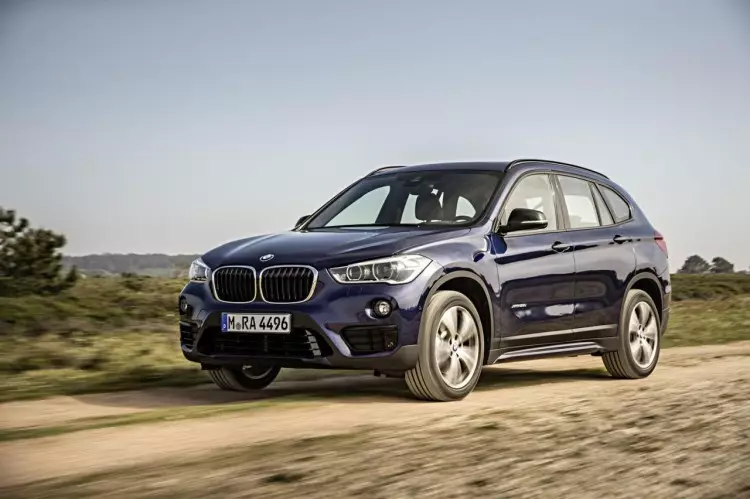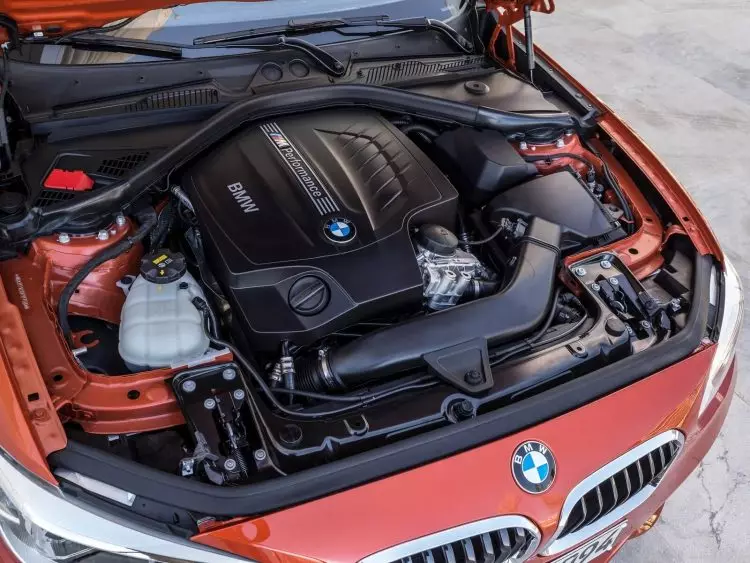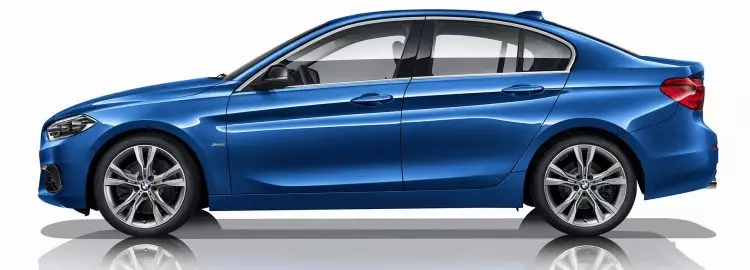The year 2019 should mark the end of the current generation of the BMW 1 Series (F20 and F21) and its replacement couldn't be more different from the current generation. Among the new features, a slight increase in dimensions, a completely renewed design and more technological content are foreseen. But it will be under the new clothes that we will see the most radical changes…
The next BMW 1 Series will have front wheel drive.
BMW already markets the X1, Series 2 Active Tourer and Grand Tourer with front-wheel drive. All these models use the UKL platform, the same one that MINI serves.

With this platform, BMW assumed the most common architecture in the segment: transverse engine and front-wheel drive. Just like its most direct competitors: Audi A3 and Mercedes-Benz A-Class.
Why change the front drive?
The current 1 Series, thanks to the longitudinal engine in a retracted position, has an almost perfect weight distribution, around 50/50. The longitudinal positioning of the engine, the rear-wheel drive and the front axle with directional function only, made its driving and dynamics distinct from the competition. And overall, for the better. So why change?We can basically summarize this option in two words: costs and profitability. By sharing the platform with the X1, Series 2 Active Tourer and Grand Tourer, economies of scale are considerably expanded, reducing costs and increasing the profitability per unit sold of the Series 1.
On the other hand, this change brings other advantages of a more practical nature. The current 1 Series, due to the long engine compartment and the generous transmission tunnel, has lower room rates than competitors and the accessibility to the rear seats is, let's say… delicate.
Thanks to the new architecture and the 90º engine rotation, BMW will improve the use of space, regaining some ground for the competition.
The C-segment may lose one of its most distinct proposals, but according to the brand, this option will not affect its image or the model's commercial performance. Will be? Only time will tell.
End of six cylinders in line
The architectural change has more consequences. Among them, the new 1 Series will do without the six in-line cylinders, another element that we have always associated with the brand. This option is simply due to the lack of space in the front compartment of the new model.

That said, it's more than certain that the successor to the current M140i will abandon the 3.0-liter inline six-cylinder engine. In its place we should find a turbocharged 2.0 liter four-cylinder «vitamin» engine combined with an all-wheel drive system. Rumors point to a power of around 400 horsepower, in line with the Audi RS3 and the future Mercedes-AMG A45.
One – or two – levels below, the new 1 Series should take advantage of the well-known three- and four-cylinder engines that we know from the Mini and BMW that use the UKL platform. In other words, 1.5 and 2.0 liter turbo units, both petrol and diesel. It is anticipated, as with the Series 2 Active Tourer, that the next Series 1 will feature a plug-in hybrid version.
Series 1 sedan anticipates the future in China

BMW unveiled the 1 Series sedan last month at the Shanghai show, the saloon version of the Bavarian brand's familiar compact. And it already comes with front traction. This model will be sold exclusively on the Chinese market – for now -, given the market's appetite for this type of bodywork.
But its foundations are unlikely to differ from the future European BMW 1 Series. Despite being a front wheel drive, there is a transmission tunnel inside. This is because the UKL platform allows full traction – or xDrive in BMW language. Despite the intrusion, local reports point to good levels of rear habitability as well as accessibility.
Features that should carry over to the two-volume version that will be sold in Europe. The “Chinese” saloon shares the wheelbase with the X1, so it shouldn't be difficult to imagine a shorter version of this model, with a style inspired by proposals like the new BMW 5 Series.
The successor to the BMW 1 Series is already in the testing phase and should reach the market in 2019.
